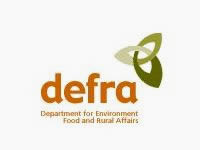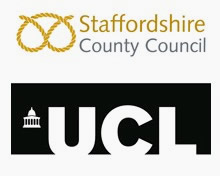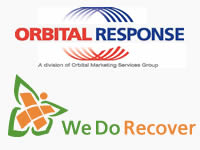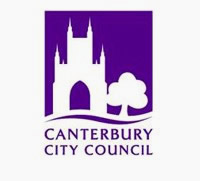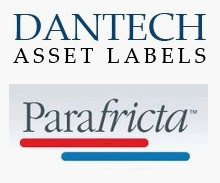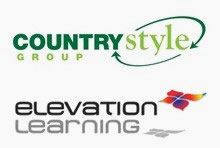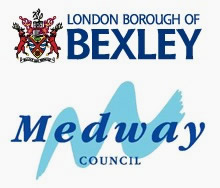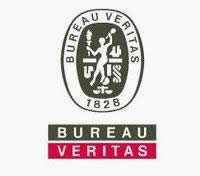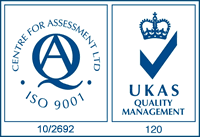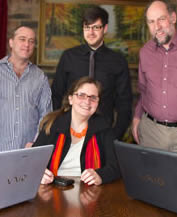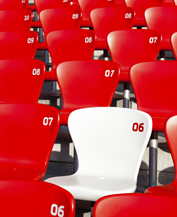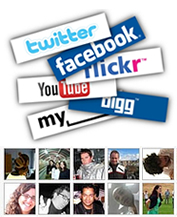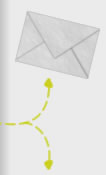Aesthetics and Signage
15/10/2011
Modern signage designers and manufacturers seem to be under the impression that architects and facilities managers don’t like them very much. They often remark on being called into a project at the last possible minute, only to discover that the facility being developed has nowhere sensible left to put any signage, or that they are being asked to develop signs which are essentially completely invisible or transparent.
Admittedly there is some merit in the idea of transparent and unobtrusive signage. If parks and buildings were entirely self-explanatory and needed fewer signs or no effort on the part of their visitors, this would be great news, but finding a facility which will work properly when entirely devoid of signage is a very unlikely prospect. Even in the event that a location is found which requires no signage or similar aids to navigate, most public places are reconfigured and repurposed during their lifetime. Essential facilities like toilets or concession stands are moved about or shut down. Building work occurs which can cut off some routes and open up others. In these common situations there are two options available; either every change must be carefully and painstakingly integrated into the existing structure so as not to compromise its self-explanatory layout (normally at great fuss and expense) or information can be provided to assist visitors in navigating the location.
A good information designer will understand that all effective communication is conversational to some given degree, with the reader and writer attempting to co-operate to facilitate mutual understanding. More simply put, a writer will try to anticipate the questions of the reader, and the reader will try to imagine the motives which are driving the writer. What is less commonly understood is that people “ask questions” of parks, buildings and other facilities in a way not dissimilar to a verbal query to another human being. Where is the entrance and exit? Where are the toilets, or the café?
It is because of this that the best wayfinding projects in terms of motivation, information and execution always demonstrate that information designers can provide signage which works within the aesthetic and spatial restrictions of a park or similar facility without compromising the function of the system. Good signs should be interesting and entertaining as well as informative, and a well-designed signage system will not be a threat to the overall presence of a facility but rather act as a way to enhance the visitor experience. Just as when building a park nobody would not forget to put in the trees, shrubs and toilets at the start of the design process, so signage should be an integral part of the design groundwork for any public facility or building.
For expert help in the design, manufacture and installation of aesthetic signage solutions for your facility, contact Fitzpatrick Woolmer at www.fwdp.co.uk



